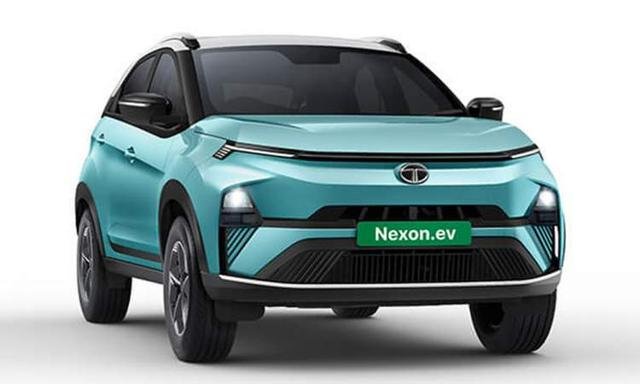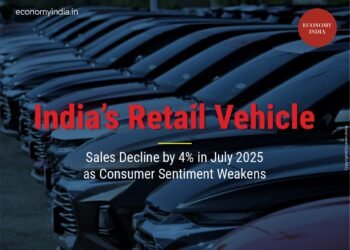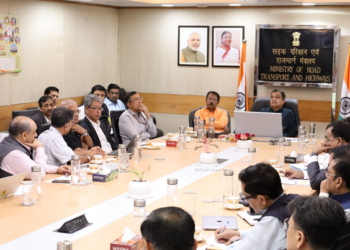“Driven by Demand: Tata Motors Leads as EV Passenger Vehicle Sales Nearly Double in July”
New Delhi (Economy India) – India’s electric passenger vehicle (EV) market recorded a sharp 93% year-on-year growth in July 2025, driven largely by strong sales from Tata Motors and rising consumer adoption of eco-friendly mobility. According to the Federation of Automobile Dealers Associations (FADA), total EV passenger vehicle registrations soared to 15,528 units last month, compared to 8,037 units in July 2024.
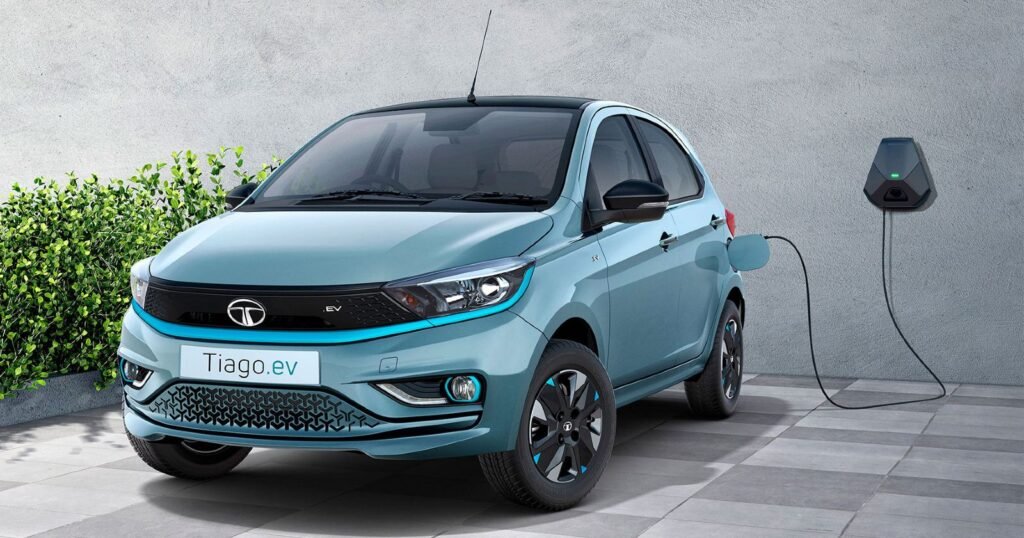
Tata Motors Maintains Market Leadership
Tata Motors continued its dominance in India’s EV passenger vehicle market, selling 6,047 units in July 2025. This represents a 19% increase from 5,100 units sold in the same month last year. The company’s strong portfolio, including popular models such as the Nexon EV, Tigor EV, and the recently launched Punch EV, has helped it retain a significant market share.
Shailesh Chandra, Managing Director of Tata Passenger Electric Mobility, recently highlighted that lower ownership costs, expanding charging infrastructure, and government incentives are helping EV adoption accelerate.
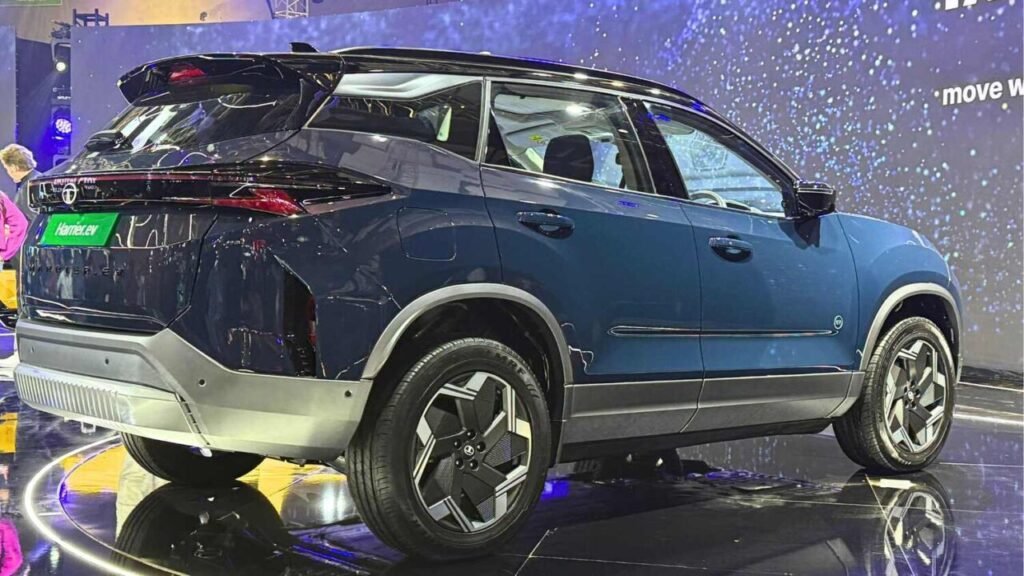
Year-on-Year Growth Across the Sector
- Total EV Passenger Vehicle Sales (July 2025): 15,528 units
- July 2024 Sales: 8,037 units
- Growth Rate: 93% YoY
- Tata Motors Sales: 6,047 units (Market leader)
- Other Key Players: MG Motor India, Mahindra & Mahindra, BYD, Hyundai
MG Motor India and Mahindra have also reported healthy growth, aided by launches like the MG ZS EV facelift and the Mahindra XUV400. Chinese EV giant BYD, though operating in a niche segment, continues to appeal to premium EV buyers in India.
Why Are EV Sales Soaring?
The robust growth in July reflects a combination of policy support, rising fuel prices, and growing environmental awareness among urban consumers.
Key growth drivers include:
- Government subsidies under the Faster Adoption and Manufacturing of Electric Vehicles (FAME-II) scheme.
- Rising petrol and diesel costs, making EVs more attractive for daily commuters.
- Improved charging network, with public and private companies installing fast chargers across cities and highways.
- Wider model availability, from budget-friendly EV hatchbacks to premium SUVs.
Industry Expert View
According to FADA President Manish Raj Singhania,
“The EV segment in India is entering a rapid growth phase. Consumer acceptance is no longer the main challenge – rather, the industry’s focus now is on scaling production, building charging networks, and ensuring battery supply stability.”
Market analysts also note that fleet operators, particularly ride-hailing and corporate taxi services, are increasingly switching to EVs for cost efficiency.
Challenges Ahead
Despite the impressive numbers, the EV industry faces some hurdles:
- High upfront costs for certain models still deter budget-conscious buyers.
- Battery recycling and supply chain constraints could become pressing issues in the future.
- Charging infrastructure gaps in rural and semi-urban areas.
Long-Term Outlook
With India targeting 30% EV penetration in private car sales by 2030, the July 2025 figures are an encouraging sign. Industry experts predict that 2025–2026 could see EV passenger vehicle sales cross 200,000 units annually, provided government support and infrastructure expansion continue.
Tata Motors, MG Motor, and Mahindra are expected to launch multiple new models in the coming months, including affordable compact EVs aimed at attracting first-time car buyers.
(Economy India)

